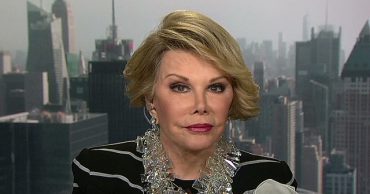Indiana Jones and The Dial of Destiny didn’t quite stick the landing. The fifth chapter in the long-running franchise came out of the gate barely swinging with $60 million domestically. Considering that its pricey production budget is nearly $300 million, then the opening is surely a disaster. The second weekend wasn’t any better. In fact, the biggest surprise is that Insidious: The Red Door opened at No. 1 with $32.6 million domestically.
This is far from the first horror film to creep into the top spot in the past couple of years. In fact, the genre seems to be thriving the most coming out of the coronavirus pandemic. So how do horror movies keep scaring up the big bucks at the box office? It’s a fascinating question since it’s not meant to be a mainstream or much of an awards appeal. Horror movies are arguably the hottest on the market right now, even though these films never come close to reaching a global million-dollar hall.
Horror Films Unite Audiences In A Fun and Organic Manner

There’s something about being terrified collectively that makes the theater experience so rewarding. That’s really the entire point of going to the movie, to have fun and experience a wild ride with a bunch of eccentric strangers. Strangely, the horror genre is the very definition of why theaters exist in the first place.
The genre slowly crept up on audiences during the 1800s, thanks to Georges Melies. The French director and actor is credited for introducing the world to its first narrative horror film — La Mainor du Diable/ The House of the Devil. Soon after, the genre continued to grow in scope thanks to horror pioneers such as George A Romero, Alfred Hitchcock, John Carpenter, and Wes Craven.
The key is that these directors were able to manipulate a thrilling emotion and response because of the amazing worlds they created. Horror movies have the ability to make you laugh, cry, scream, and hide beneath your seat in sheer terror. Yet, it feels like a party when we’re watching it with moviegoers. As such, there’s a sense of comfort in being scared with a bunch of fans who are enjoying the same thrill ride as you.
The Genre Continues To Evolve

Psycho brought psychological thrillers to the forefront. Night of the Living Dead is the reason zombies remain popular this very day. Halloween made slashers a hot commodity. Alien introduced us to sci-fi horror. The Blair Witch Project sparked a new wave of filmmaking — found footage. Saw kicked-off torture porn. Get Out modernized Hitchcock’s approach to horror. Midsommar subverted expectations and created one of the most psychologically horrific moments in the modern era.
That’s just a short list of films that have made an impact on the genre as a whole. Horror, in general, is consistently evolving. There was a lengthy period in time when horror films were a lame-duck cash grab. But the modern state of the genre is healthy and thriving pretty well. The huge success of Smile, MEGAN, Scream 6, Evil Dead Rises, and even Insidious: The Red Door represents the diversity that the genre brings in modern times.
The Horror Genre Isn’t Afraid To Take Risks

The biggest advantage horror films have is that they’re relatively low-budget. That means filmmakers have to come up with clever ways to tell their stories that are unique and genuinely scary. Sure, they are plenty of lazy horror films that seemed destined to cash in on a quick buck. However, in recent years, it seems that filmmakers are trying their hardest to push the brand further. As such, they’re chockful of incredible content that nicely represents the new age of horror.
Since the budgets are pretty low, that means less interference from studio executives. We’ve heard about how big blockbusters like Josh Trank‘s Fantastic Four or Joss Whedon‘s Justice League had massive interference from studio heads. However, when your film is in the $100 million plus range, then it’s not surprising that executives are micromanaging their projects from beginning to end.
Interference happens all around filmmaking in general. But low-budget features are allowed to get away with more because there’s minimum risk involved. Both on the main and indie circuit, the horror concept continues to be redefined, and audiences are more than receptive to check it out.
 Follow Us
Follow Us





